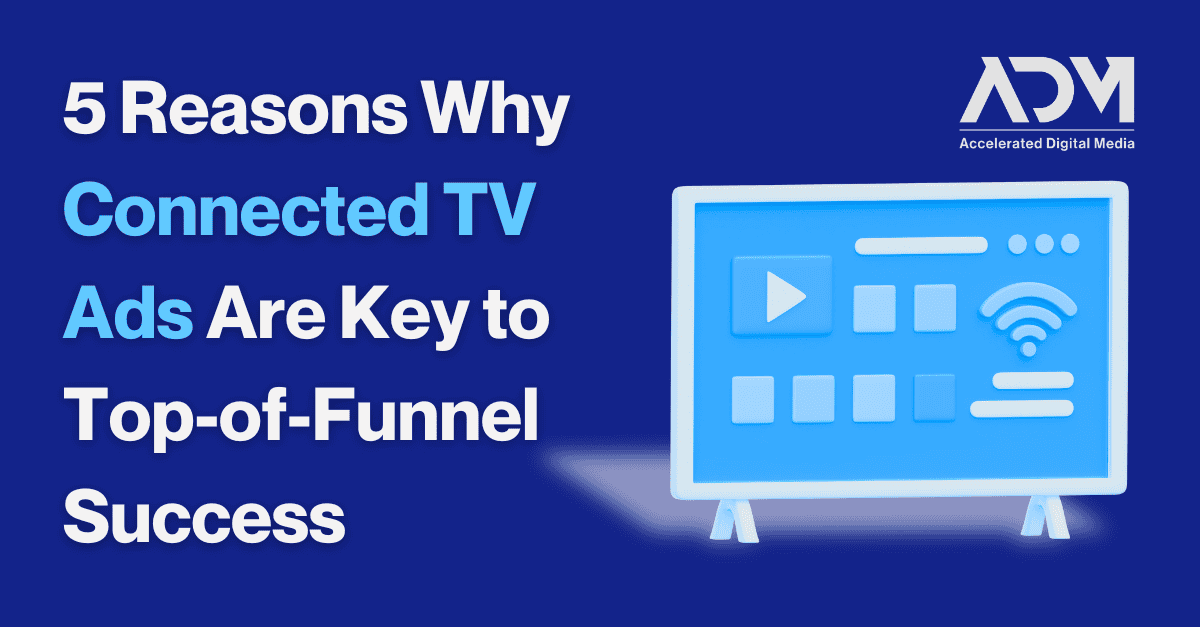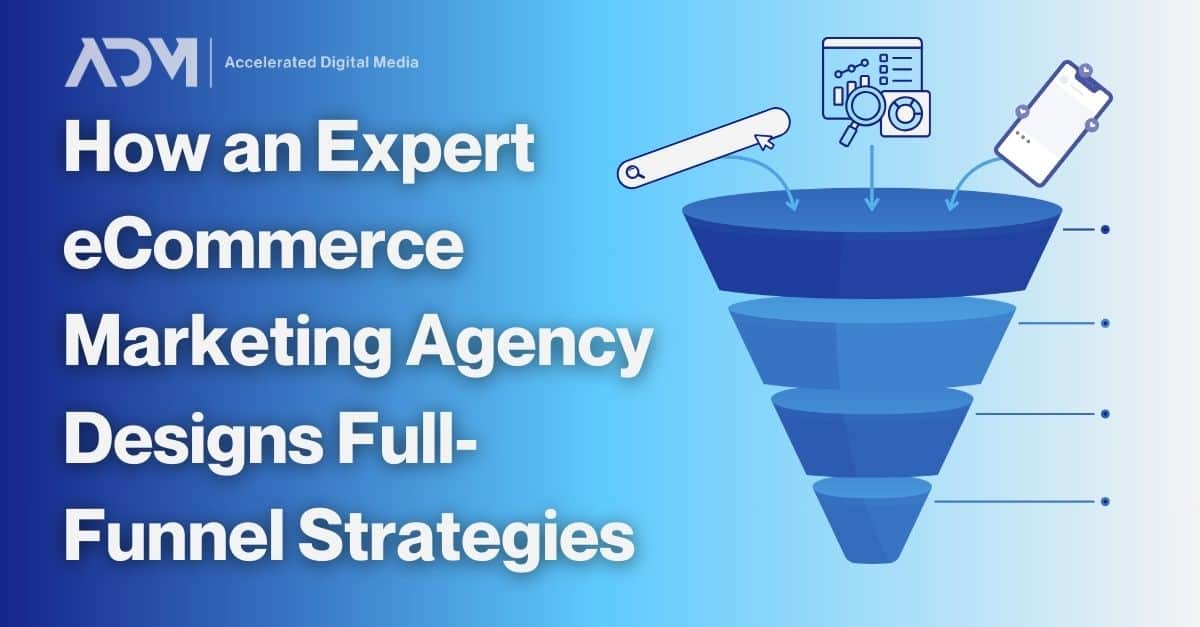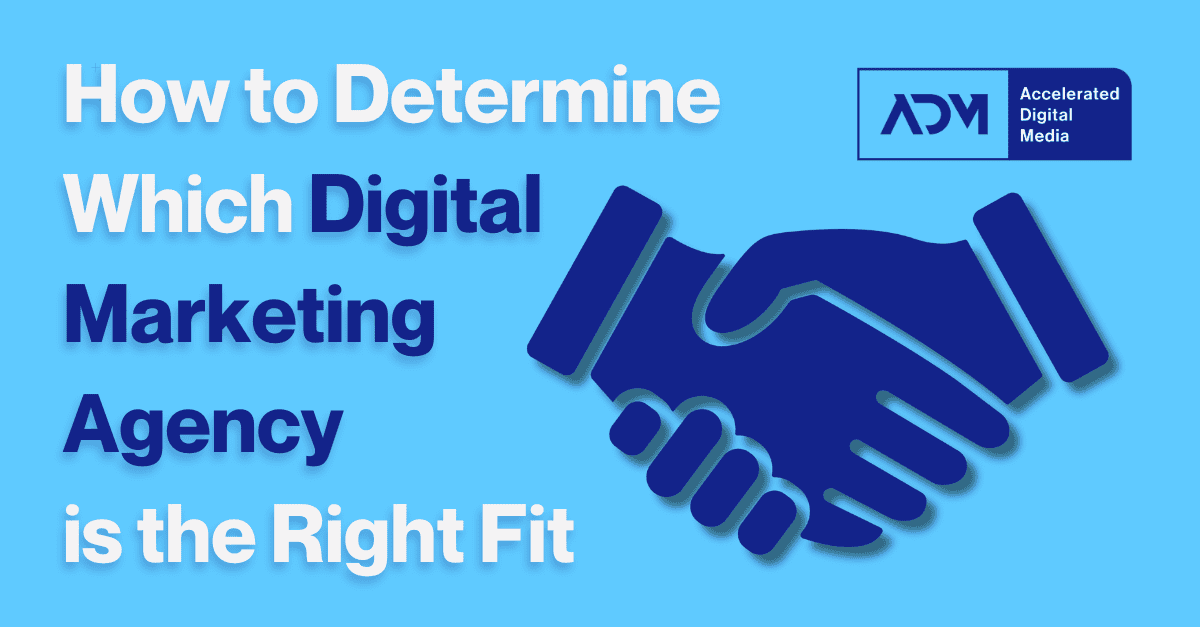Connected TV ad spending is expected to surpass $30 billion in 2024. As more and more people cut the cord—particularly high-value millennial and Gen Z demographics—they offer many of the persuasive advantages of linear TV advertising with a lot of benefits exclusive to digital marketing.
When building out a full-funnel approach, Connected TV usually slots in at the top. It’s a terrific way to spread awareness and messaging to a targeted, relevant audience while they are watching their smart TVs or streaming via smartphones, tablets, or over-the-top devices. Once awareness is established via viewership, a savvy programmatic marketing agency can then drive viewers to take action via lower funnel tactics like Search, Paid Social, or Programmatic Display. And unlike with traditional TV ads, the success of your programmatic ad flight can be directly traced into conversions and other site actions.
In this blog, we’ll lay out 5 factors that make Connected TV one of the most versatile and important top-of-funnel tools at your advertising disposal.
Audience Targeting for True Coverage
In traditional TV advertising, the model is to identify what time slots or programs your target audience might be watching and then to buy commercial space there, knowing that you’ll also be reaching a good number of uninterested individuals. And while your customers may share some interests, it’s unlikely that they’ll all have the exact same TV diet—meaning total coverage is difficult to achieve.
Unlike linear TV advertising, Connected TV ads allow for very specific audience targeting. These audiences can be built with third-party data (such as interests and affinities), first-party data (such as existing customers or non-converting site visitors), or demographic data. Rather than blasting a commercial onto the airwaves based on an educated guess, Connected TV lets the audiences determine the placements. That makes it useful both for wide-appeal products meant to reach a variety of users but also particularly potent for highly-specific niche products.
Connected TV Offers Expansive Inventory for Placements
There was a time when Connected TV may have been more of a niche play than linear TV advertising, but that has flipped. With streaming having supplanted cable as America’s primary viewing platform, advertisers can place ads alongside the desired content inventories available today.
Ads can be purchased not only at the network level, but also (and often more effectively) at the streaming platform level. Hulu, Peacock, HBO, and Prime are all examples of platform-level media buys that can be bought programmatically—ensuring a better chance of reaching your target audience without having to guess what network or show they are watching.
Programmatic Connected TV buying allows advertisers to select one or multiple streaming platforms within a single campaign (for example, Hulu + Peacock). Even if only selecting one, (for example, just Hulu), you have the option to select one or multiple inventory content packages (for example, Hulu + Sports, Hulu + News, or both). There is also typically an option for “Run Of Network,” meaning ads are eligible to run across the entire streaming platform while still targeting just your intended audience.
Ad Length Flexibility Gives More Options
Another credit to Connected TV’s versatility is that it doesn’t force advertisers into a singular runtime for their commercials. The most common ad lengths of Connected TV ads are 15 or 30 seconds based on a combination of inventory availability and viewer expectations. But advertisers can also create longer ads, up to 1 or 2 full minutes, which can run in select ad spaces (often in skippable formats).
Streaming services are continuing to evolve their ad placement options, with some opting for a single long ad at the beginning or during a program as opposed to multiple shorter ads. ADM’s best practice is to combine multiple formats and ad lengths to give the platform more tools to put the right message in front of the right person at the right time.
Connected TV Unlocks More Creative Freedom
Depending on the branding guidelines and initiatives of the advertiser, CTV ad creative can look and feel like a regular TV ad. But it doesn’t have to.
Certainly, an advertiser who has already produced TV spots may find it more efficient to reuse traditional TV spots for their streaming ads, and viewers who experience that brand’s messaging on both platforms may find that the cohesive marketing experience benefits brand recall.
On the flip side, advertisers utilizing more organic content such as customer testimonials or product reviews (think TikTok-style ads) will be able to test different iterations of their messaging more rapidly with lower-budget creative. This can help brands identify effective themes that they can evolve and propel the campaign above performance goals. This type of creative often feels more organic to viewers and is a great way to push brand messaging in authentic relatable ways.
The beauty of Connected TV is that it provides a platform where an advertiser can easily test both approaches to find out what resonates most with the target audience and which tactic is most effective at driving desired results.
Unmatched Measurability for Video Advertising
While Connected TV is often seen as a top-of-funnel awareness play that can be measured by impressions (reach) and CPMs (cost-effectiveness of view impressions), advertisers also want visibility into downfunnel results like site visits and conversions. Tracking tools, such as pixels, can be used to identify on-site user activity and match it back to IP addresses of streaming viewers. For example, if a viewer sees a Connected TV ad and hours later goes to the advertiser’s website and places an order, this activity can be tracked and measured in-platform to show both a site visit and a purchase stemming from a Connected TV placement.
It’s also important to measure the overarching impact of a Connected TV campaign. At ADM, we do this by monitoring traffic from likely related sources in similar geographic areas. For instance, if an advertiser is running CTV ads in Philadelphia, PA, our team will look at Brand Search volume specifically in the city of Philadelphia for a period of time before the ads ran and after. A significant lift in brand traffic during the after period can likely be attributed to Connected TV.
Lastly, there is a vast array of measurement tools available to track even more specific activity based on an advertiser’s goals. If an advertiser has brick-and-mortar locations and wants to measure in-store traffic in specific locations that are aligned with where CTV ads were running, that’s possible via third-party tools that can track a viewers cell phone location if they physically enter a store (not unlike Store Visits in Google Ads).
Building the Right Connected TV Strategy
Embracing Connected TV advertising can be a boon for many brands, but sometimes execution isn’t on point: Compared to things like Facebook and Google Ads marketing, it’s a relatively new field, and its potential is evolving rapidly. To make smart programmatic ad buys, it’s good to work with a dedicated performance marketing agency that prioritizes measurement and attribution. If you’re looking for a programmatic advertising partner with a deep knowledge of Connected TV success, don’t hesitate to reach out to the ADM team below.




